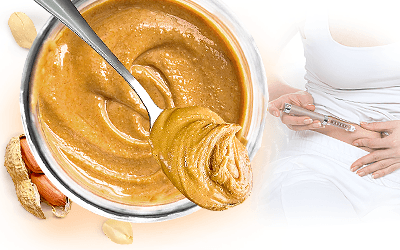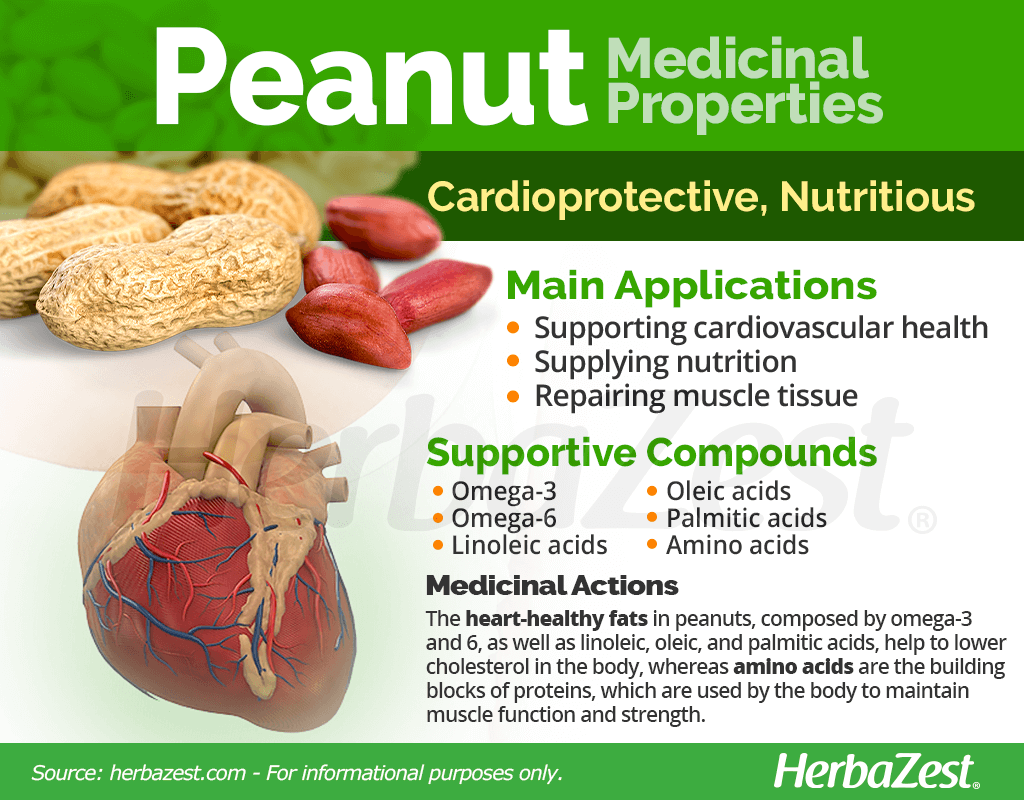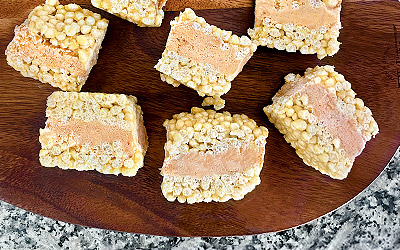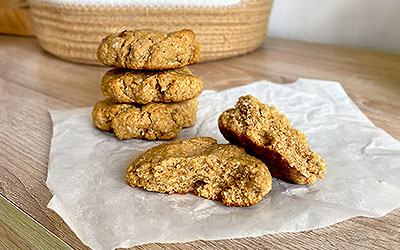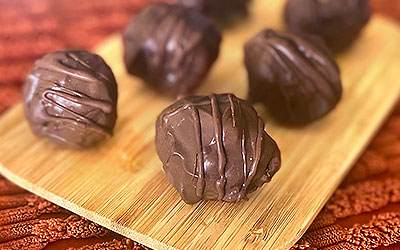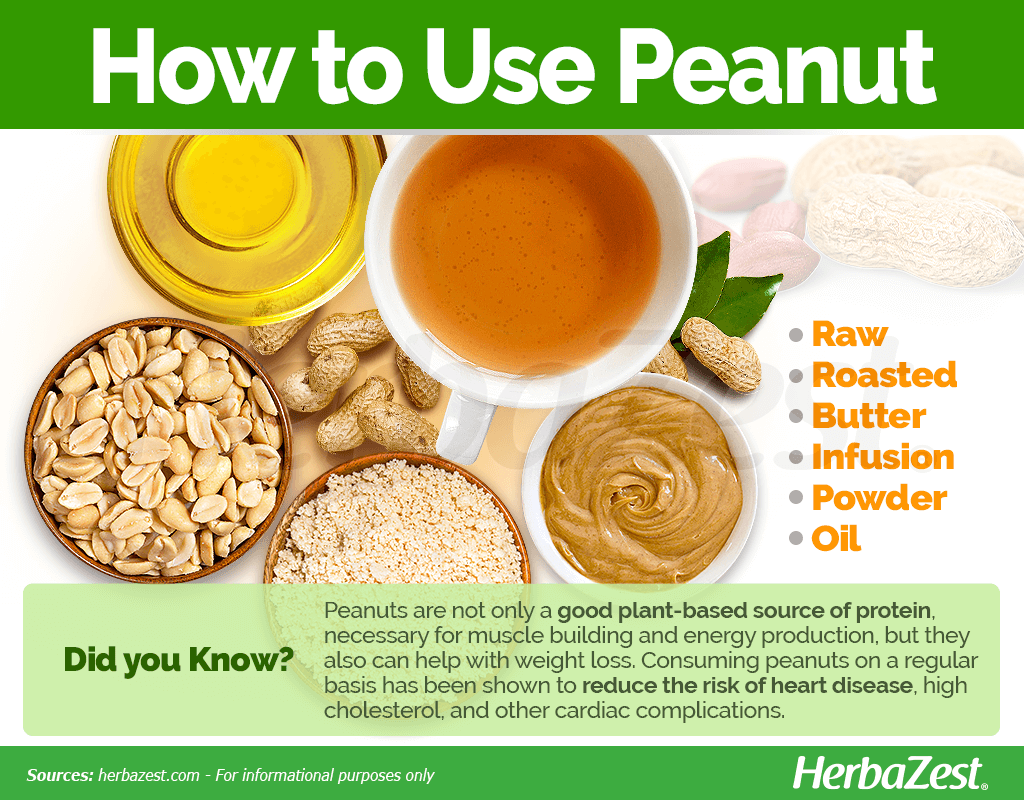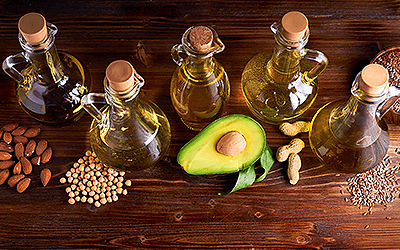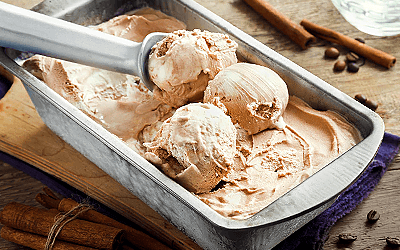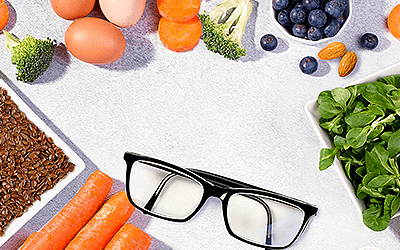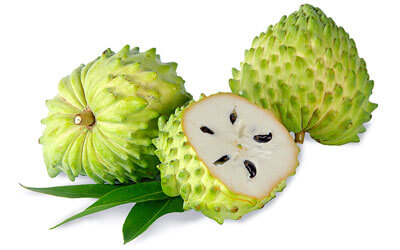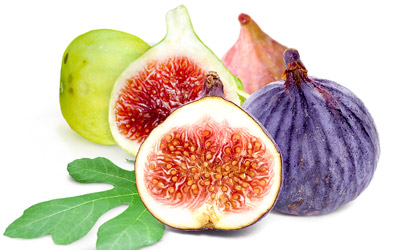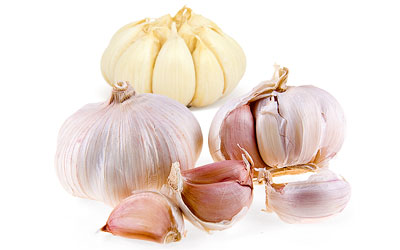Native to South America, peanuts are now cultivated in most warm countries across the world. Used mostly as a food source, peanuts are both nutritious and beneficial to human health in medicinal ways. They have been used as remedies by centuries in different schools of traditional medicine.
Peanut Medicinal Properties
Health Benefits of Peanut
As well as being a tasty snack that provides necessary nutrition, peanuts boast various properties that can be useful in the prevention and treatment of different ailments. Due to their great popularity, many studies have been carried out in order to discover how the constituents of peanuts work to benefit human health.
Peanuts have proven useful mainly for:
Supporting cardiovascular health. Studies have shown that those who consume high amounts of peanuts in their diet have lower rates of heart disease.
Repairing muscle tissue. Peanuts contain chemical components that are helpful in muscle recovery, particularly for those undergoing physical stress.
Supplying nutrition. Peanut-based products are increasingly supplied to third world countries, as they provide an abundance of vitamins, minerals, and energy to malnourished children.
Additionally, peanuts have shown to be effective for:
Nourishing hair and nails. Peanuts' protein content is particularly useful in stimulating healthy hair and nail growth.
Supporting weight loss. It is believed that peanuts can aid with weight loss by promoting a faster metabolic rate and increasing satiety.
Peanuts have also been traditionally used to treat gonorrhea, constipation, warts, and kidney problems. However, these medicinal applications are not fully backed up by modern science. Ongoing research may clarify the effectiveness of peanuts when they are used in such treatments.
How It Works
Peanuts are rich in monounsaturated and polyunsaturated fats, including linolenic, oleic and palmitic acids, as well as omega-3 and 6 fatty acids. These are considered "heart-healthy" fats as they can help to lower cholesterol in the body. The mechanisms of action of these acids are yet to be fully understood; however, many studies have taken place that concur that those who consume unsaturated fats are less likely to suffer from heart disease, high cholesterol, and other cardiac complications.1
Amino acids are another valuable nutrient found in peanuts. These are what make up protein used by the body to maintain muscle function and strength.2 Amino acids are essential for all bodily functions and are what builds muscles, hair, nails, bones, skin, and blood. Consumption of peanuts - as part of a mixed diet - can help ensure that the body has access to an adequate amount of protein, thereby supporting overall health.
Peanuts can also help some people with weight loss. They have a low glycemic index, which means the digestive system breaks them down more slowly, causing a gradual release of energy. This action leads to a sensation of feeling fuller for longer.
Consuming peanuts on a regular basis has been shown to reduce the risk of heart disease, high cholesterol, and other cardiac complications.
There are other herbs that also provide cardiovascular and nutritional benefits, such as chia, quinoa, and sacha inchi.
Peanut Side Effects
About 3 million Americans (approximately 1.1% of the population) report peanut allergy, alongside other tree nut allergies.3
Peanuts are usually safe to consume for most people; however, they should be enjoyed in moderation as part of a mixed diet because of their high caloric content. Intake of too many calories can lead to weight gain and subsequently, heart complications.
When consumed as snacks, peanuts are often salted, which means that they are high in sodium, so overconsuming them can contribute to health problems. A high-sodium diet can cause high blood pressure and, therefore, increase the chances of stroke, heart attack, and kidney disease.
Peanut Cautions
Unfortunately, peanut allergies are considerably common across the globe. Depending on the severity of the allergy, symptoms can range from an itchy rash or nausea to anaphylactic shock. There is dispute among medical circles as to whether or not pregnant or breastfeeding women should ingest nuts; therefore, it is recommended that they speak with their physician or midwife before doing so.
Another concern regarding the safety of peanuts is the risk of aflatoxin contamination. This can occur if produce is exposed to specific fungi - either Aspergillus flavus or Aspergillus parasiticus - and is a significant problem for most peanut producers worldwide. There are practices in place to try to ensure the safety of traded peanuts, but these are not always fail-safe. It is therefore important to only purchase peanut products from reputable and reliable sources.
- Medicinal action Cardioprotective, Nutritious
- Key constituents Unsaturated fats, amino acids
- Ways to use Hot infusions/tisanes, Food, Freshly ground, Powder, Essential oil, Dried
- Medicinal rating (4) Very useful plant
- Safety ranking Use with caution
Peanut Nutrition
Peanuts are well known for being rich in omega-3 and 6, both considered essential fatty acids that are crucial for brain function and mood, as well as for reducing blood pressure and promoting cardiovascular health.
However, peanuts are also a good plant-based source of protein,which is necessary for building muscle mass and for energy production. These nutritious legumes, often mistaken as nuts, also provide significant amounts of B-complex vitamins, including B1 (thiamin), B2 (riboflavin), B3 (niacin), B6 (pyridoxine), and B9, better known as folate. All these nutrients are essential for fetal development, as well as for converting carbohydrates and fats into glucose, which is used by the body to produce energy. B-complex vitamins are also necessary for liver, skin, hay, and eye health.
Peanuts' nutrition is rounded by fair amounts of vitamin E, a fat-soluble nutrient that boosts the immune system and supports cardiovascular health, as well as minerals like magnesium for muscle and nerve function; phosphorus for healthy bones and teeth; potassium for regulating blood pressure; and zinc for immunity and carbohydrates metabolism.
Contrary to popular belief, the nutritional differences between raw and roasted peanuts are minimal, with the exception of folate and thiamin, which are substantially reduced during the roasting process.
An ounce (28.35 g) of raw peanuts provides 161 calories (compared to 166 calories when dry roasted) and about 15% of the recommended daily value for protein.

How to Consume Peanut
Peanuts are enjoyed all over the world, and they are available for consumption as both foodstuff or medicinal supplement.
Across Asia, peanuts are found in many rice-based meals, including curries and stir-fries; they are a key ingredient of the well-known kung-pao chicken, which originated in the Sichuan Province of China. Peanut products are also fairly common as this legume can be found in cereals, granola bars, cakes, cookies, pies, and other desserts, particularly in the U.S. and Europe.
Natural Forms
Raw and roasted. Whole peanuts can be found raw and roasted. They are all widely enjoyed as a snack on their own; however, care should be taken with the salty versions of dry-roasted peanuts, which are high in sodium. In these forms, peanuts can be added to both sweet and savory recipes.
Butter. Creamed into a thick butter, it is possibly the most popular way of consuming peanuts in the U.S. Peanut butter (formerly known as peanut paste) is a common filling in sandwiches, and it is also enjoyed in desserts, smoothies, and ice cream.
Infusion. The roots, nuts, or leaves can be brewed - sometimes combined with ginger - for a revitalizing post-workout drink. In Ethiopia, peanut tea is a popular beverage. There, it is made by mixing peanut butter with hot water and sugar.
Powder. This natural form of peanuts is very low in calories because the peanuts have been pressed to remove the fat content. The powder can be mixed with water to form a paste and used as a substitute for regular peanut butter.
Aid organizations often provide peanut-based pastes to undernourished children in third world countries. This paste consists of peanuts, milk powder, sugar, fats, vitamins, and minerals, all of which are hugely beneficial as a source of energy and nutrition.
Herbal Remedies & Supplements
Oil. The oil extracted from peanuts is popular for cooking. It is also sometimes used in homemade herbal remedies to stimulate healthy growth of hair, skin, and nails.
- Edible parts Flowers, Fruit, Leaves, Root, Seed, Stem, Oil
- Edible uses Flavoring, Coloring, Condiment, Beverage, Oil, Protein
- Taste Earthy, Salty, Mild
Growing
Peanut plants have a very interesting and unique growth cycle. They are only naturalized in warm climates, but it is possible to cultivate them in cooler areas using a cold-frame. They are simple enough to grow, but some awareness of the peanut plant's favored conditions is helpful when attempting to cultivate them in the garden.
Growing Guidelines
The seeds - or nuts - should ideally be planted while still encased in the shells. However, these should have their husks or skins intact.
Seeds should be planted around 10 inches (25 cm) apart, about one inch (2.5 cm) below the surface of the soil.
The soil needs to be at a temperature of 65 - 70°F (18 - 21°C) in order for the seeds to germinate, which typically occurs between April and May (or after the last frost).
Plants require around 1.5 - 2.0 inches (38 - 50 mm) of water per week, which can be supplied either naturally by rainfall or by human application.
Peanuts have a relatively fast growing cycle: the shoots will start to appear around 10 days after planting, and they are ready for harvesting 110 - 150 days later.
Peanuts are ready for harvest when the flowers begins to turn yellow. The whole plant needs to be removed to extract the peanuts, which develop below the soil surface.
Detailed information about growing peanuts can be found in the herb garden section.
- Life cycle Annual
- Harvested parts Flowers, Roots, Seeds, Leaves, Stem, Fruit
- Light requirements Full sun
- Soil Chalky or lime-rich, Well-drained
- Soil pH 5.6 – 6.0 (Moderately acidic), 6.1 – 6.5 (Slightly acidic), 6.6 – 7.3 (Neutral)
- Growing habitat Warm climates
- Planting time Right after last frost
- Plant spacing average 0.25 m (0.82 ft)
- Growing time 120 - 160 days
- Potential insect pests Aphids, Thrips, Armyworms, Corn earworms, Cutworms, Wire worms
- Potential diseases Stem rots, Verticillium wilt
Additional Information
Plant Biology
Long considered as dry fruits, there is a popular misconception about peanuts' true nature, which begs the question: are peanuts nuts or legumes? The answer lies in their biology.
Peanuts are legumes, and their botanical name is Arachis hypogaea. The peanut plant has a unique growing process and composition in that its fruits begin development above ground, and then are submerged to continue growth below ground. Seedlings develop into thin and spindly stems, which produce oval leaves and small flowers when in season. When the flower gets pollinated, a peanut ovary will form, which is known as a peg. The peg will stay connected to the flower by a thin stem but will grow downwards, eventually forcing its way below ground, hence the reason why peanuts are sometimes called groundnuts. Each plant will produce around 40 pegs.
Classification
The peanut plant (Arachis hypogaea) is one of 81 accepted species in the genus Arachis, which belongs to the Fabaceae, also known as the bean or peanut family. This group consists of over 24,000 species, some of them of great economical importance, such as alfalfa (Medicago sativa), bean (Phaseolus vulgaris), carob (Ceratonia siliqua), fenugreek (Trigonella foenum-graecum), licorice (Glycyrrhiza glabra), pea (Pisum sativum), chickpea (Cicer arietinum), lentil (Lens culinaris), lupin (Lupinus spp.), soy (Glycine max), tamarind (Tamarindus indica), and winged bean (Psophocarpus tetragonolobus).
Varieties and Cultivars of Peanuts
Producers have developed many different cultivars of peanuts, mostly in an attempt to make them resistant to pests and diseases, thereby making them more marketable and trustworthy. Noteworthy varieties include 'Spanish' peanuts, which generally have a higher oil content than other types, and 'Valencia' peanuts, which are considered the sweetest.
Historical Information
It is believed that peanuts first originated in South America. Peanut imagery has been found in pottery that dates back to around 1500 BCE. It is known that Spanish explorers took peanuts from South America back to Europe, and from there they spread across the world.
Peanuts have had special significance in the U.S. since they started being grown commercially in the 19th century. The eminent botanist Dr. George Washington Carver (colloquially known as "The Peanut Man") gained fame when he advocated the mass cultivation of peanuts for improving soil quality in order to grow other crops in alternate seasons. He put forward a list of over 300 uses for peanuts, including paper and soap. Although many of these uses were overlooked, peanuts became an important crop in North America, and they retain their status today.
Economic Data
Peanuts have a significant economic impact and are currently grown on around 42 million acres of land across the world. A large proportion of the produce is cultivated in India, China, and the U.S.; however, in recent years, Argentina has become the leading source. In 2015-2016, Argentina exported around 775,000 tons of peanuts - a drop from their record figure of 1.2 million tons in the previous season.
Peanuts have been held in high esteem all over the world for a long time, so much so that September 13th has been declared National Peanut Day in the U.S., and January 24th is National Peanut Butter Day. Those who observe these festivities promote the use of peanuts in different recipes and health treatments.
Other Uses
Dye. Producers of organic textiles who seek natural dyes are particularly interested in extracting pigments from plants - including peanuts - which can be used as a coloring agent.
Flavoring agent. Another unusual use for peanuts is as a substitute for coffee beans. Additionally, some people prefer to blend peanuts with coffee beans for brewing, or alternatively using peanut butter to add flavor to a hot cup of coffee.
Peanuts are a versatile legumes, with a distinct texture and taste that makes them widely popular in cooking, and a plethora of medicinal properties that have afforded them a status of some importance in the world of natural remedies. When enjoyed in moderation, peanuts can complement a balanced diet and help one maintain good health.
- Other uses Animal feed, Dye
Sources
- America's Story from America's Library, The Peanut Man
- Australian Centre for International Agricultural Research, Elimination of Aflatoxin Contamination in Peanut
- Harvard University, Harvard Health Publications, Harvard Medical School, Peanuts linked to same heart, longevity benefits as more pricey nuts | The truth about fats: the good, the bad, and the in-between
- National Peanut Board, History of Peanuts & Peanut Butter
- Nutrients, Health Benefits of Nut Consumption, 2010
- Peanut Bureau of Canada, Peanut Varieties
- Peanuts: Bioactives and Allergens, p. 169
- Purdue University, Arachis hypogaea | Peanut
- The Plant List, Arachis
- Zeitschrift fur Ernahrungswissenschaft, Chemical composition and protein properties of peanuts, 1987
- MedlinePlus Herbs and Supplements, Peanut Oil
- University of Maryland Medical Center, Alpha-linolenic acid
Footnotes:
- Frontiers In Nutrition. (2022). Effect of Peanut Consumption on Cardiovascular Risk Factors: A Randomized Clinical Trial and Meta-Analysis. Retrieved October 18, 2022 from https://www.ncbi.nlm.nih.gov/pmc/articles/PMC9011914/
- Journal of the International Society of Sports Nutrition. (2020). The effects of resistance training with or without peanut protein supplementation on skeletal muscle and strength adaptations in older individuals. Retrieved October 18, 2022 from: https://www.ncbi.nlm.nih.gov/pmc/articles/PMC7734909/
- The Journal of Allergy and Clinical Immunology. (1999). Prevalence of peanut and tree nut allergy in the US determined by a random digit dial telephone survey. Retrieved October 20, 2022 from https://pubmed.ncbi.nlm.nih.gov/10200001/




